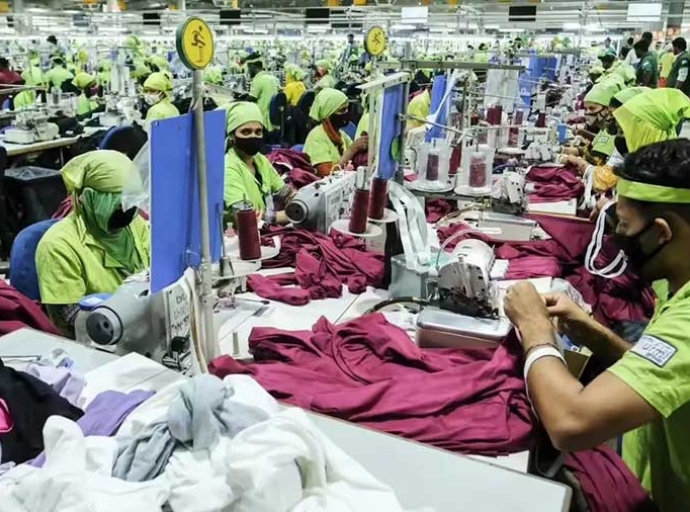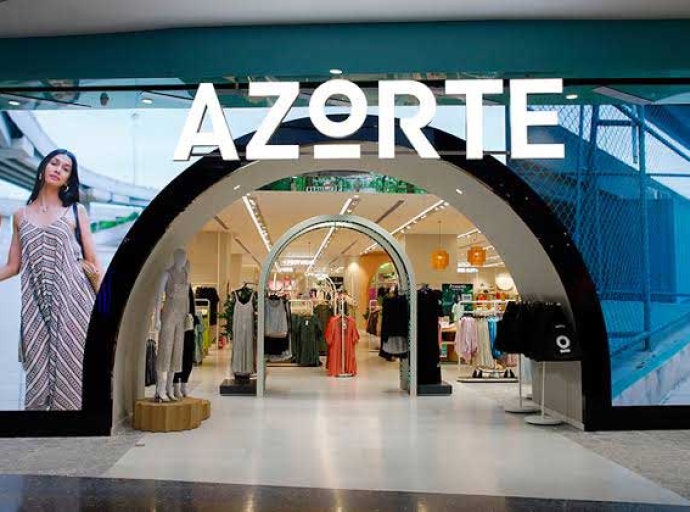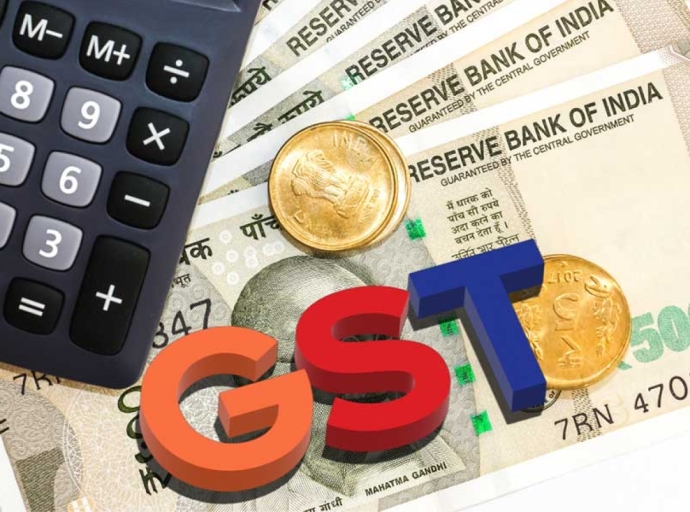Almost 81% Indians still shop clothes in stores, why e-commerce needs a makeover

While e-commerce is booming in India, for apparel, physical stores remain the undisputed king. A recent LocalCircles study suggests a growing interest in online apparel purchases almost 40 per cent shop online and offline, however, physical stores remain the undisputed leader with 81 per cent still preferring to shop in stores. So, how is fashion e-commerce shaping up in India, and how does it compare to global trends?
E-commerce growing but still lags behind
India's e-commerce sector is undeniably booming, with IBEF projecting a market size of $350 billion by 2030. However, apparel seems to be lagging behind other product categories. As the LocalCircles study reveals only 4 per cent rely solely on online apparel purchases. This can be attributed to the importance of the ‘touch-and-feel’ factor, as highlighted by 81 per cent of respondents preferring physical stores.
E-commerce growth in India is pushed by increasing internet penetration, smartphone adoption, and a young, tech-savvy population. However, compared to the US or China, where online apparel sales dominate, India's e-commerce journey in apparel is just beginning.
Apparel vs other categories, a tactile disconnect
Unlike electronics or books, where online purchases are hassle-free, apparel presents a unique challenge. The ‘touch-and-feel’ factor is crucial for Indian consumers, as evidenced by the LocalCircles study. This is further supported by a report by Assocham and Deloitte which highlights that trust in size charts and return policies remains a hurdle for online apparel purchases. While in electronics or groceries, online reviews and detailed descriptions suffice, apparel relies heavily on trying clothes on for fit and feel. This creates a hurdle for online retailers, despite the convenience and discounts they offer.
While various studies project an increase in online apparel sales, the practical growth might be slower. The LocalCircles study suggests a preference for offline shopping even after the pandemic-driven online surge. The study reveals that only 4 per cent of households rely solely on online platforms. This highlights the importance of physical stores for the Indian apparel market.
In fact, compared to western markets like the US and Europe, where online apparel sales flourish, India lags behind. China, on the other hand, offers a closer comparison. Similar to India, a significant portion of Chinese consumers prefer physical stores for apparel purchases due to the importance of fit and quality says McKinsey report on China's Apparel Market.
Stronger online presence in apparel shopping in the West and China can be attributed to factors like higher internet penetration, a culture of online trust, and established return policies. However, even in these markets, physical stores haven't vanished. Many major retailers offer seamless omnichannel experiences, integrating online and offline shopping.
Reasons for India's offline preference
Several factors contribute to India's unique shopping landscape:
Cultural preference for physical stores: The social aspect of shopping, bargaining at local markets, and the importance of immediate gratification all favor physical stores. Also, the ability to try clothes before buying is deeply ingrained in Indian shopping habits.
Limited trust in online retailers: Concerns about product quality, sizing issues, and return hassles can deter online purchases, especially for high-involvement purchases like apparel.
Logistics and infrastructure challenges: Cash-on-delivery remains popular, and reliable delivery networks, especially in smaller towns, are still evolving. A robust and efficient delivery network is crucial for online apparel sales. However, India's vast geography and underdeveloped infrastructure pose challenges for e-commerce companies.
Road ahead
Indeed the future of Indian apparel shopping lies in a harmonious blend of online and offline experiences. Retailers need to offer seamless omnichannel experiences. Click-and-collect options, easy online returns accepted in stores, and robust virtual try-on technology can bridge the online-offline gap.
They also need to build trust and transparency. Clear sizing charts, detailed product descriptions, and hassle-free return policies are crucial to win over online shoppers.
Leverage technology for a personalized touch. Recommender systems and AI-powered styling suggestions can enhance the online shopping experience.
India's apparel market is at a crossroads. While e-commerce holds immense potential, physical stores remain a dominant force. Understanding the reasons behind this preference and adapting to the evolving consumer landscape will be key for retailers to thrive in this dynamic market.
Latest Publications

































